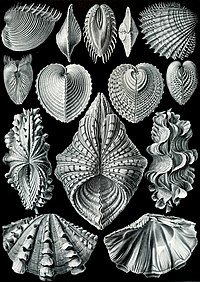
Photo from wikipedia
Abstract Three-dimensional (3D) angle-interlock woven composite may possess different impact properties at subzero temperatures compared with that at room temperatures due to its rate- and temperature-dependent resin. The purpose of… Click to show full abstract
Abstract Three-dimensional (3D) angle-interlock woven composite may possess different impact properties at subzero temperatures compared with that at room temperatures due to its rate- and temperature-dependent resin. The purpose of this work is to investigate the impact damage behaviors of a 3D angle-interlock woven composite undergoing transverse impact tests at subzero temperatures. The experimental data and high-speed photography obtained from the tests have been compared with numerical results to explore the damage development and temperature rise. A coupled thermo-mechanical constitutive model has been developed to capture the effects of increase in temperature, strain rate sensitivity and fragmentation of the composite material. The proposed model is based on the decomposition of the compliance matrix into elastic and plastic parts. Thermo-mechanical coupling has been considered where temperature rises as a result of plastic work. The proposed model has been implemented in the explicit coupled thermo-mechanical finite element code. The numerical results were compared with transverse impact experiments at room and subzero temperatures.
Journal Title: Composite Structures
Year Published: 2021
Link to full text (if available)
Share on Social Media: Sign Up to like & get
recommendations!